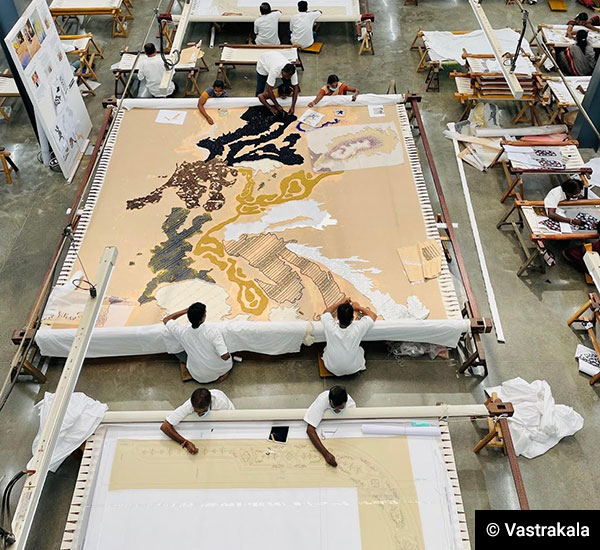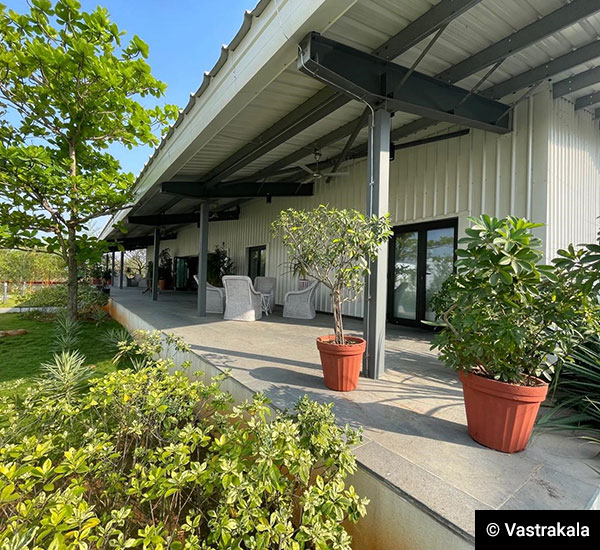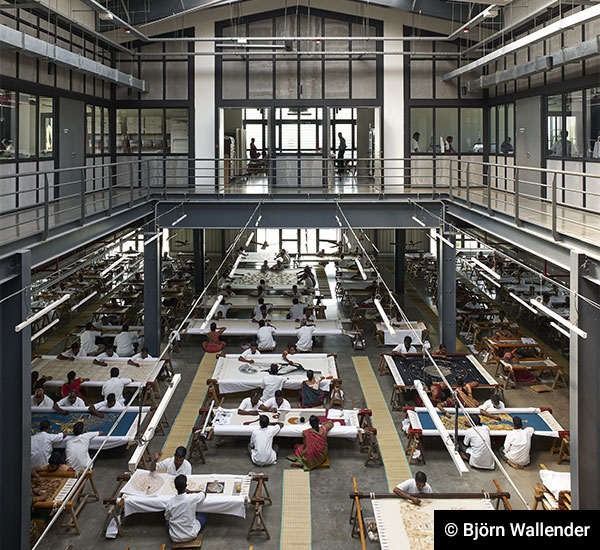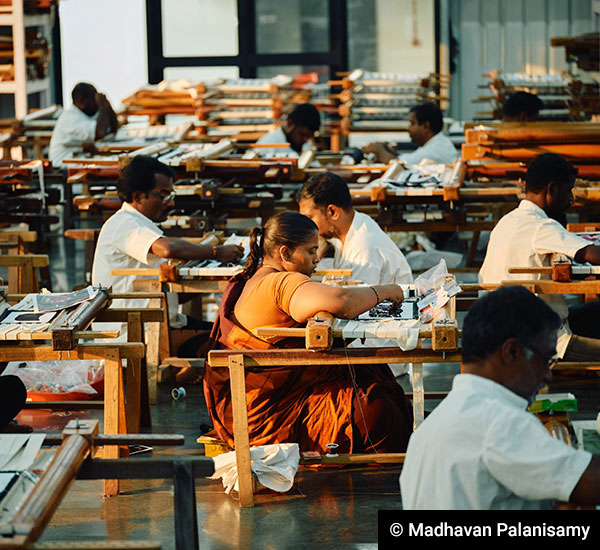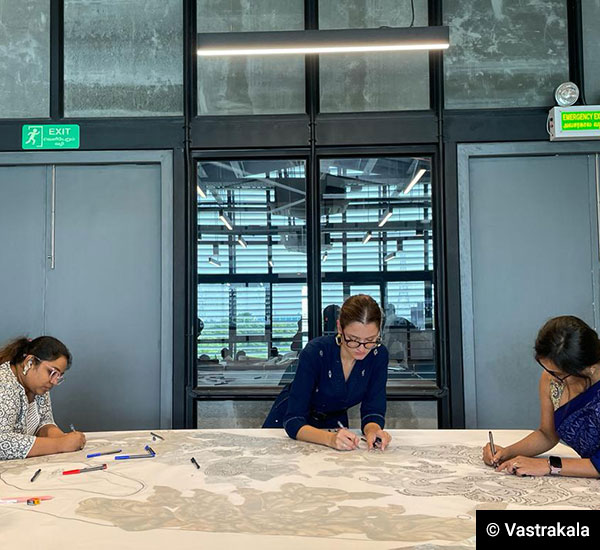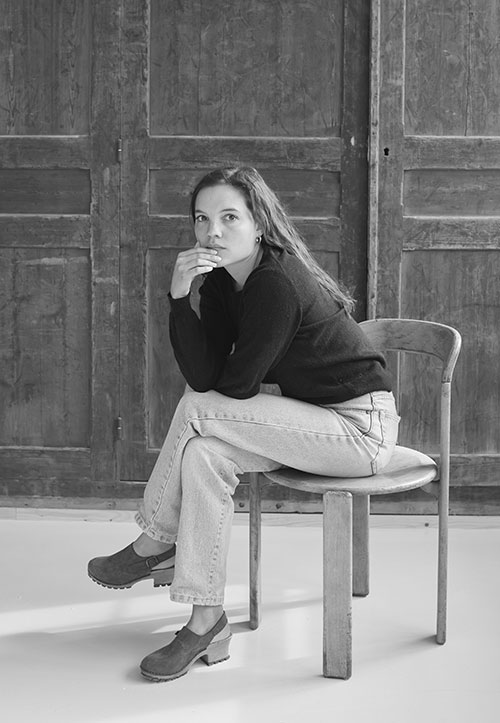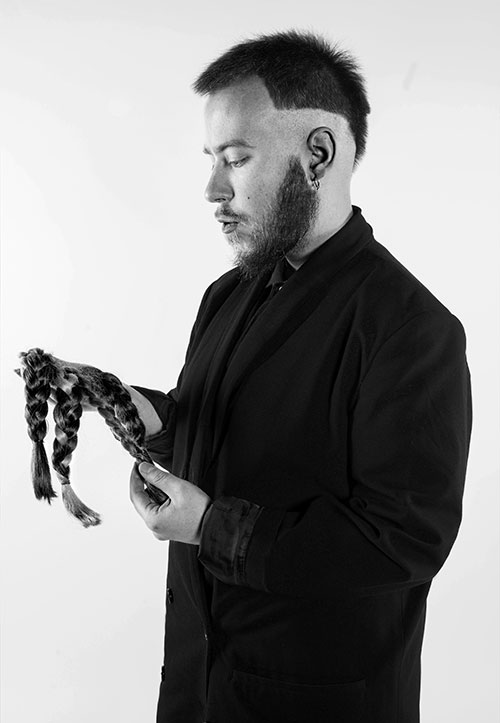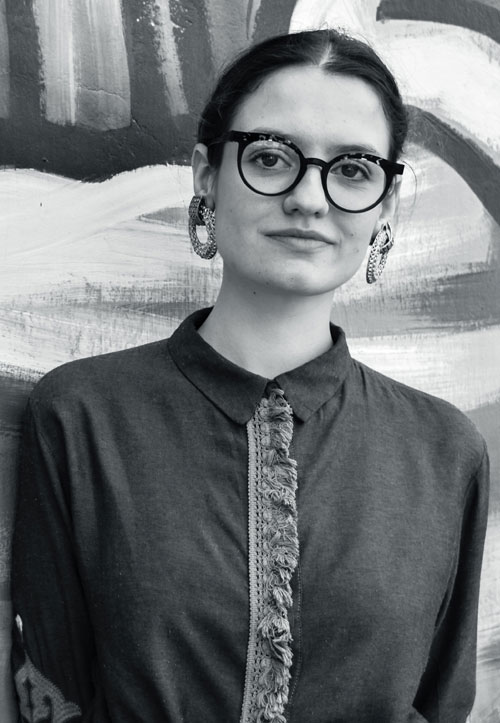Residency brief
Since 30 years, Vastrakala has been designing and manufacturing high-quality hand embroidery. As descendants of the master craftsmen serving the Nawabs of the Deccan over several centuries, these embroiderer craftsmen - and women - are the inheritors of a strong heritage seeped in traditional and millennial old techniques that they continue to pass down from one generation to the next. Initially dedicated to embroideries for interiors, Vastrakala’s repertoire progressively extended to fine embroidery for fashion as the company partnered with Lesage Paris. Both maisons have been united by the same passion, exchanging, meeting and bringing together their skills of excellence.
Transmission has always been at the heart of Vastrakala’s mission, whether it is in enabling new generations of embroiderers to perpetuate their heritage in and around the villages where they live, or in the exchanges of embroidery know-hows between France and India, two countries with a centuries-old embroidery tradition. Jean-Francois Lesage, the artistic director for the decoration activity will be the mentor of the residency, hosting the artist in his own studio during his/her stay. The resident will benefit from this unique accompaniment while learning from the ancestral techniques of Vastrakala’s craftsmen.

